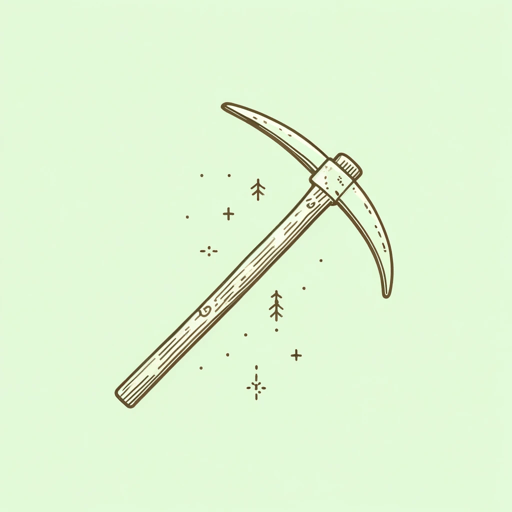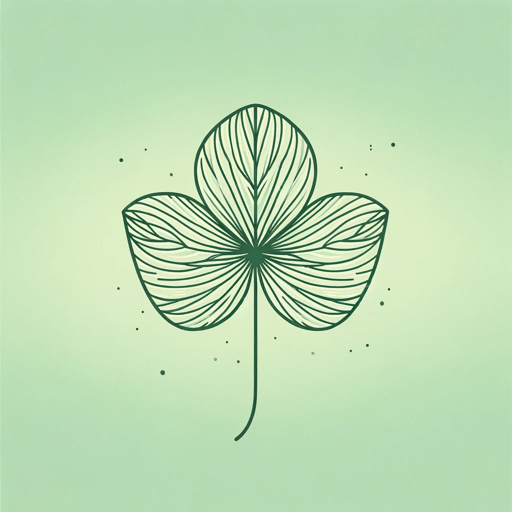19 pages • 38 minutes read
Anne SextonSnow White and the Seven Dwarfs
Fiction | Poem | Adult | Published in 1981A modern alternative to SparkNotes and CliffsNotes, SuperSummary offers high-quality Study Guides with detailed chapter summaries and analysis of major themes, characters, and more.
Themes
Lack of Female Agency
In “Snow White and the Seven Dwarfs,” Sexton uses a familiar, centuries-old fairy tale to highlight the cyclical, deeply-embedded issue of women’s inability to have active roles in contemporary culture. From the first stanza, Sexton establishes the ideal of the virgin, or the kind of woman Snow White must be, describing her as a beautiful but fragile figure whose lone action is to “[roll] her china-blue doll eyes / open and shut” (Lines 6-7). She is a passive figure whose only roles are to be polite, saying “Good Day Mama” (Line 9), and to be a sexual object, awaiting the “thrust / of the unicorn” (Lines 10-11).
Things happen to Snow White, not the reverse; she is incapable of doing anything for herself, something Sexton continually highlights in her characterization of Snow White throughout the poem. In the forest, she walks aimlessly until she encounters the dwarfs’ home by chance, and when she meets them, she unquestioningly stays to “keep house” (Line 78) for them. When the queen tries to kill her, Snow White takes what her stepmother gives her and promptly faints, and only the dwarfs can resuscitate her. When they cannot save her after she bites the poisoned apple, she becomes a literal object to all of the men in the story, as the dwarfs place her in a glass coffin and the prince pines after her, until the dwarfs give him her body.



